En el desfile del Carnaval Literario de este año hemos representado algunas escenas de la vida cotidiana en la antigua Roma inspiradas en la novela «Los últimos días de Pompeya», del autor británico Edward Bulwer-Lytton, publicada en 1834.
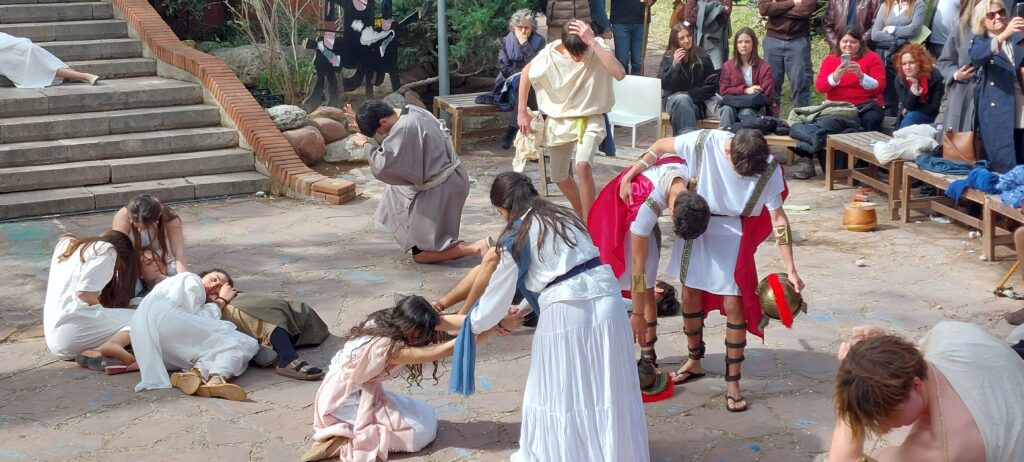
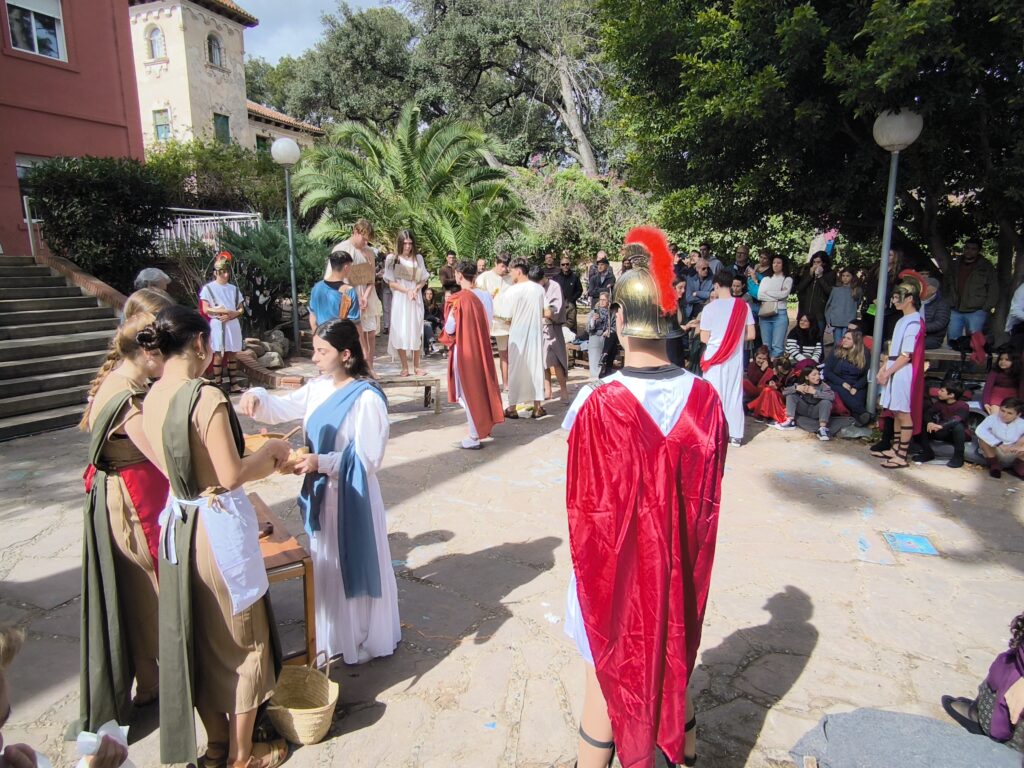
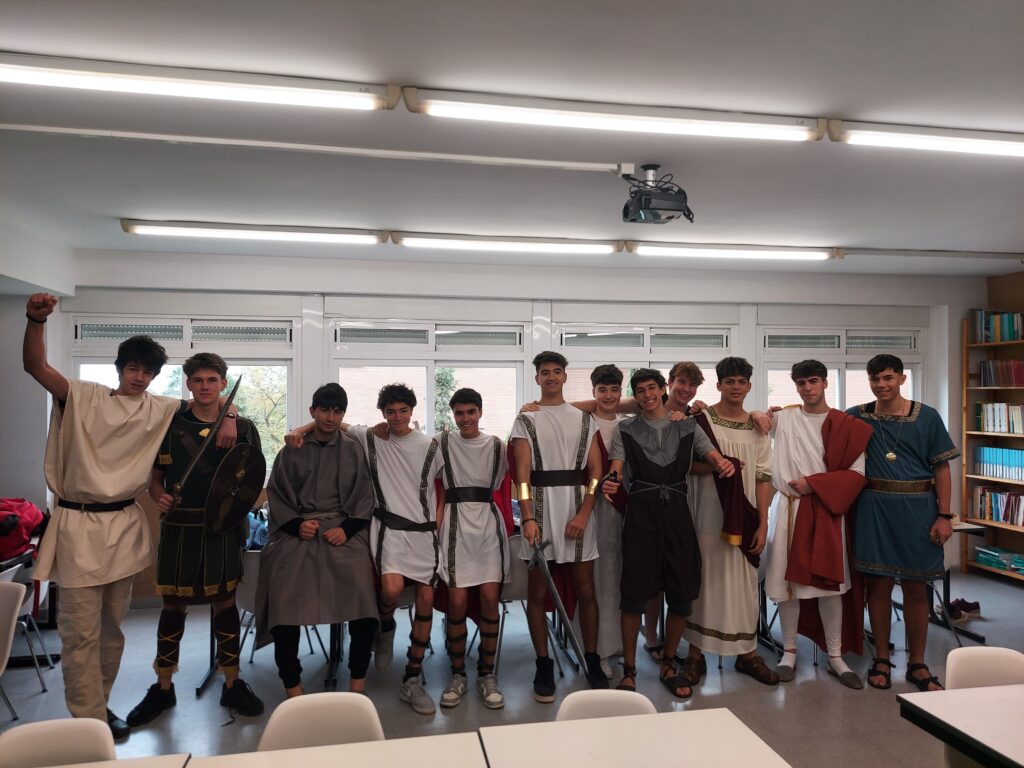
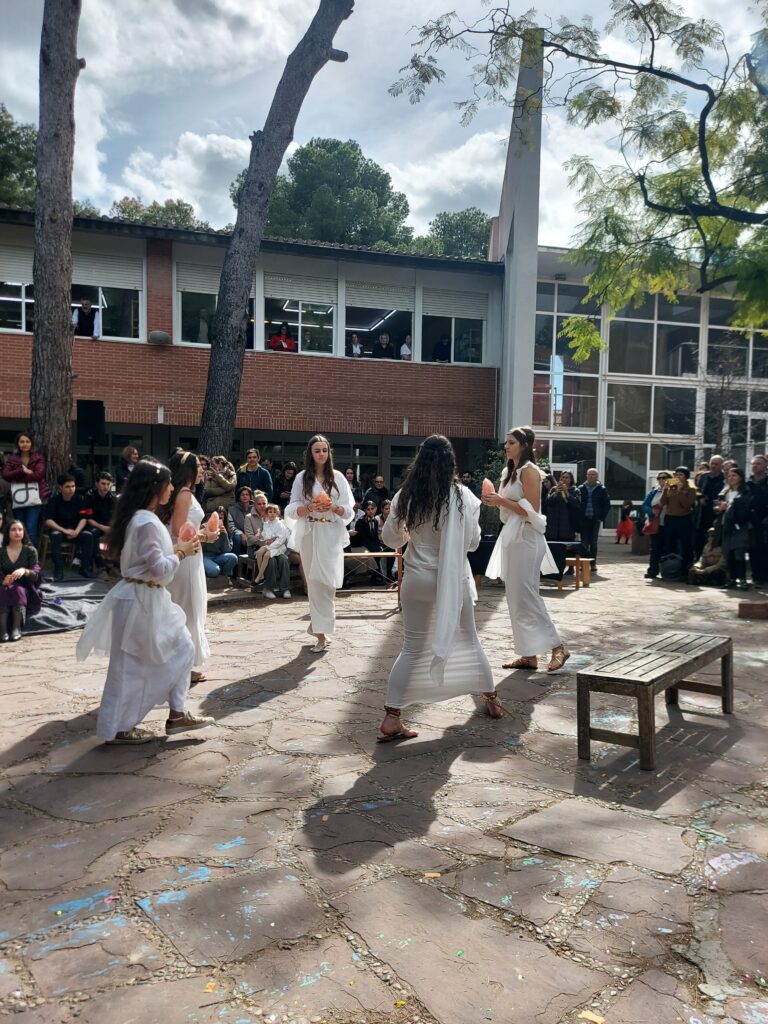
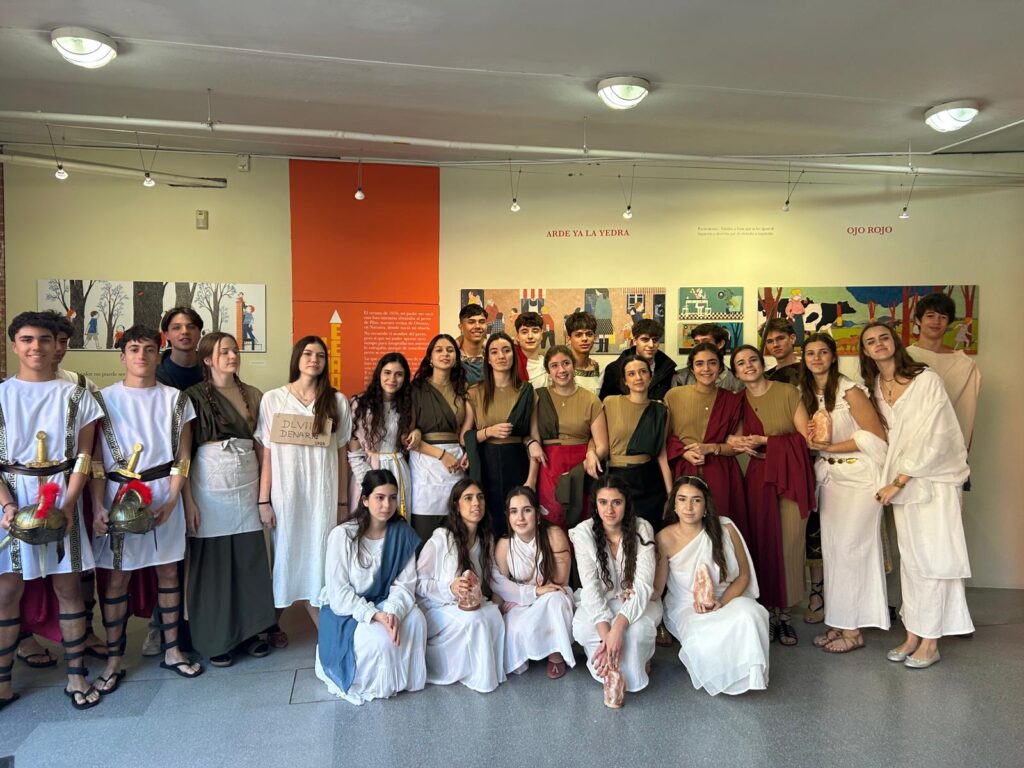

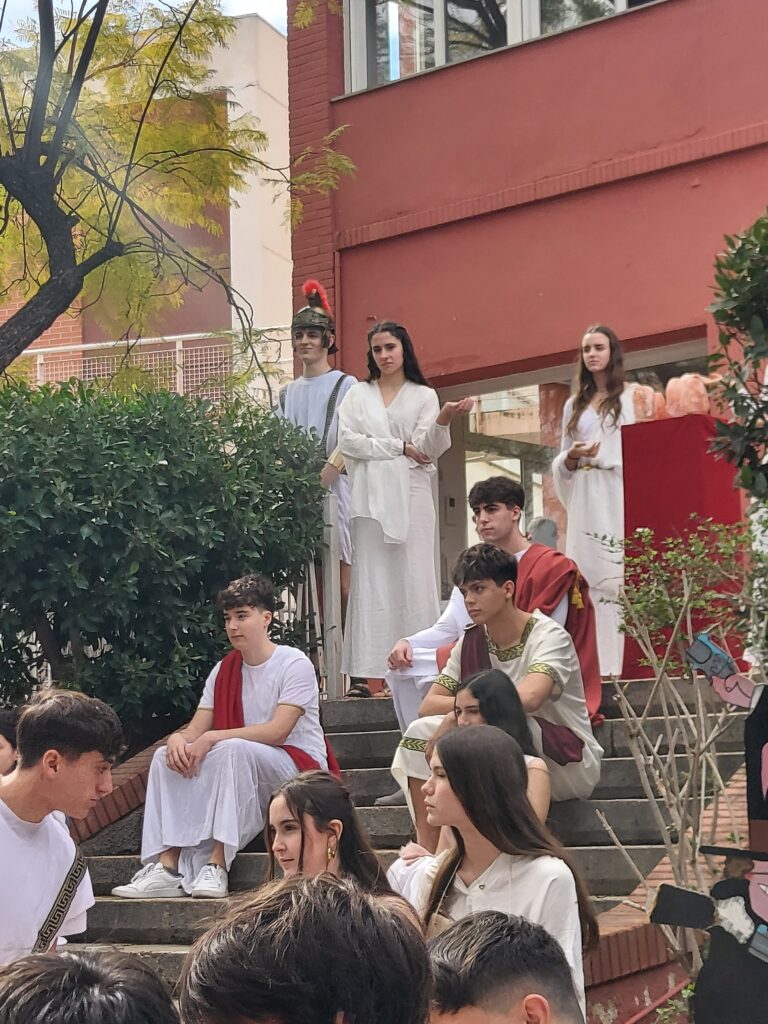
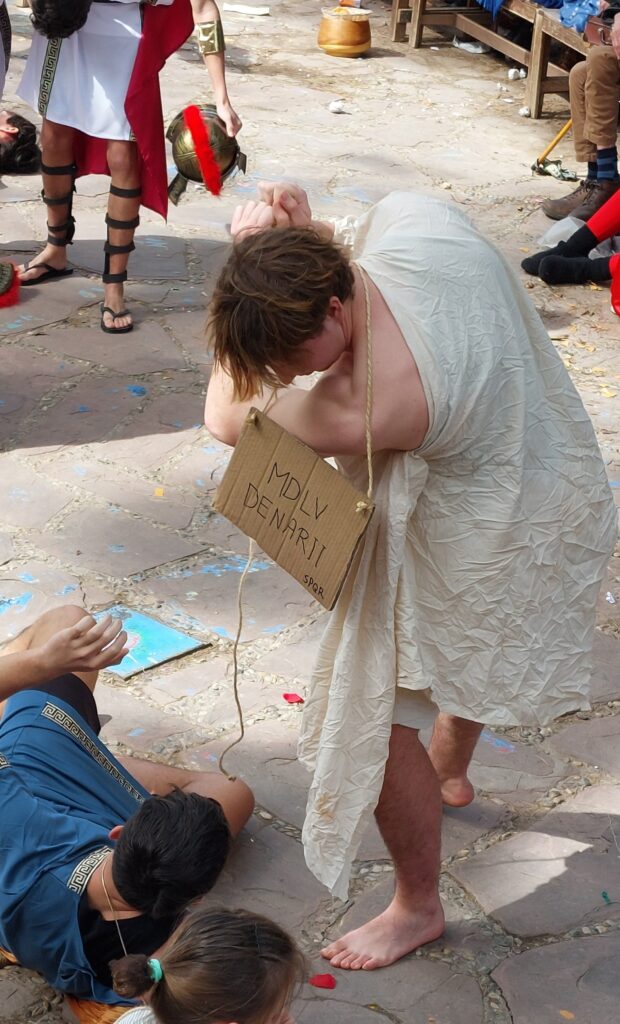
CENTRO EDUCATIVO GENÇANA. Colegio en Godella, Valencia.
– ¿Por qué, Agatha? – me preguntó.
– Bien, supongo que 85 años de vida dan para mucho. Experiencias, descubrimientos, sorpresas, misterios… mi especialidad. Es cierto que muchos desearían haber tenido mi infancia: fui feliz, feliz con mi familia, con mi educación (de la que se encargó mi padre) y con mi residencia en Inglaterra. Sin embargo tanta felicidad llegó a su fin (como debía hacerlo en algún momento) con la muerte de mi padre. Recuerdo ese día como si fuese ayer. Tenía once años. Llovía, y yo venía de jugar en el campo con mis amigos. Mi madre nos reunió a todos los hermanos en el salón. Sus ojos enrojecidos retenían lágrimas que creaban una capa de agua semejante a un cristal a punto de romperse. Y entonces mi hermano formuló la pregunta para la que todos teníamos la respuesta. A pesar de eso nos recompusimos, y siempre estaré agradecida a mi hermana, porque ella fue la que me impulsó a seguir mi pasión. Sin embargo, esta no fue la única tristeza de mi vida. En 1914 me casé con Archibald Christie, un coronel con renombre. Fueron tiempos tristes los que viví con él. Me limitaba a lavar y planchar ropa, a cocinar, a lavar platos y a hacer otras tareas del hogar, pero no me olvidaba de escribir cuando mi marido no estaba delante. La verdad es que los mejores crímenes para mis novelas se me ocurrieron fregando los platos. Fregar los platos convierte a cualquiera en un maníaco homicida de categoría. No sé si por desgracia o por fortuna descubrí que me había engañado con una jovencita, y antes de divorciarnos decidí sorprenderlo yo también, pero a mi manera: creando un misterio. Ese fue el motivo.
Vera P.
The engine of my life was started in Greenock, Scotland in 1736. My father was a shipwright and I was the eldest of five children. I was home-schooled until I was 18, when I went to Glasgow to study natural philosophy at the University of Glasgow.
In 1765 I met John Roebuck, an inventor who was interested in the steam engine. Together, we developed a working prototype of a steam engine that used a separate condenser, which greatly improved its efficiency. I continued to work on the engine and in 1776 I patented the double acting engine, which became widely used in the textile industry.
I also worked with industrialist Matthew Boulton, and together we founded the firm Boult and Watt, which produced steam engines for a variety of industries. My work on improving the steam engine played a significant role in the Industrial Revolution, and nothing gave me more satisfaction than seeing how my machine outperformed human labor, which transformed the economy of Britain and the world.
One day, while I was working in my laboratory, I left a pot of a stew on top of one of my ovens by mistake. When I returned to check on it, I found that the stew had been cooking for so long that it had turned into an unrecognizable and unappetizing substance. I left frustrated and angry with myself for wasting the food, but my assistant managed to make me laugh by saying that the stew ‘needed a separate condenser,’ a playful reference to the innovation I had developed to improve the steam engine.
In addition to my work on the steam engine, I made many other scientific contributions throughout my life, including inventing a copying machine and developing a method for measuring the horsepower of an engine.
I married my cousin Margaret Miller in 1764 and we had two children. We also adopted a son, who became a well-known engineer in his own right. In my later years, I became interested in chemistry and spent much of my time working on experiments in my home laboratory.
Looking back on my life, I am proud of the contributions I made to science and industry and am greatly honored that the measurement unit of power – the watt- was named after me, and I would like to think that when I am gone, my name will remain in history for something more than the invention of the steam engine.
Abel C.
El pasado martes 13 de junio disfrutamos de una jornada náutica en el Club Náutico de Valencia, donde pudimos practicar vela, kayak y paddlesurf. Los monitores nos enseñaron las destrezas básicas en estos deportes acuáticos y nos familiarizamos con algunas palabra específicas del ámbito, como por ejemplo «foque» (vela de proa), «eslora» (longitud del casco de la embarcación) o «quilla» (columna vertebral de la embarcación). Además, cuando salimos con los barcos de vela nos dimos un baño en mar abierto.
El pasado jueves 20 de abril realizamos una salida a la ciudad de Xàtiva, al sur de la provincia de Valencia. Visitamos el Museo de Bellas Artes donde se encuentra, entre otras muchas obras de renombre, el famoso cuadro del rey Felipe V colgado boca abajo como «venganza simbólica» por el asedio e incendio de la ciudad durante la Guerra de Sucesión. A continuación, subimos al castillo donde disfrutamos de su peculiar arquitectura y sus imponentes vistas.
Audio by Diego G. R.
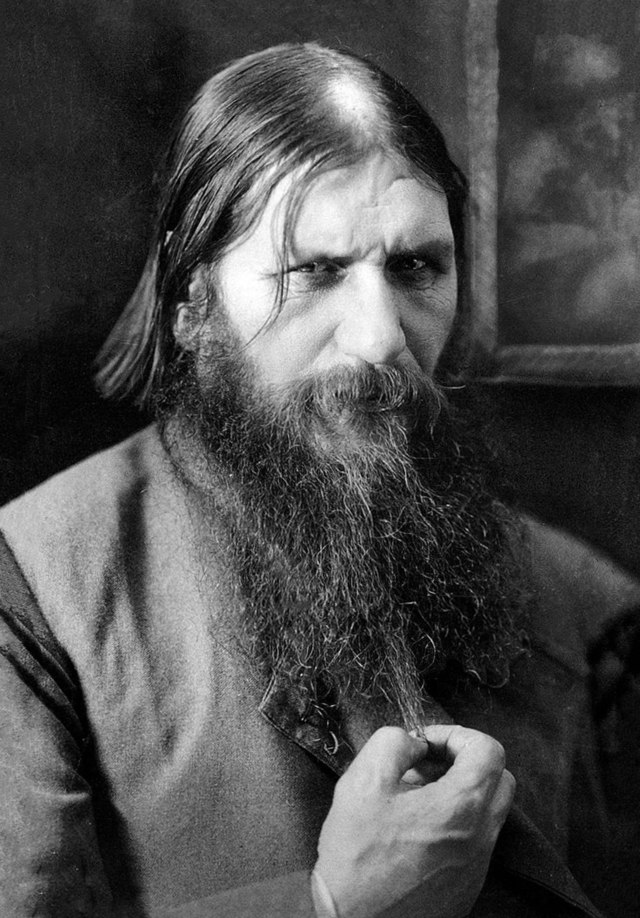
Video by Elisa B.